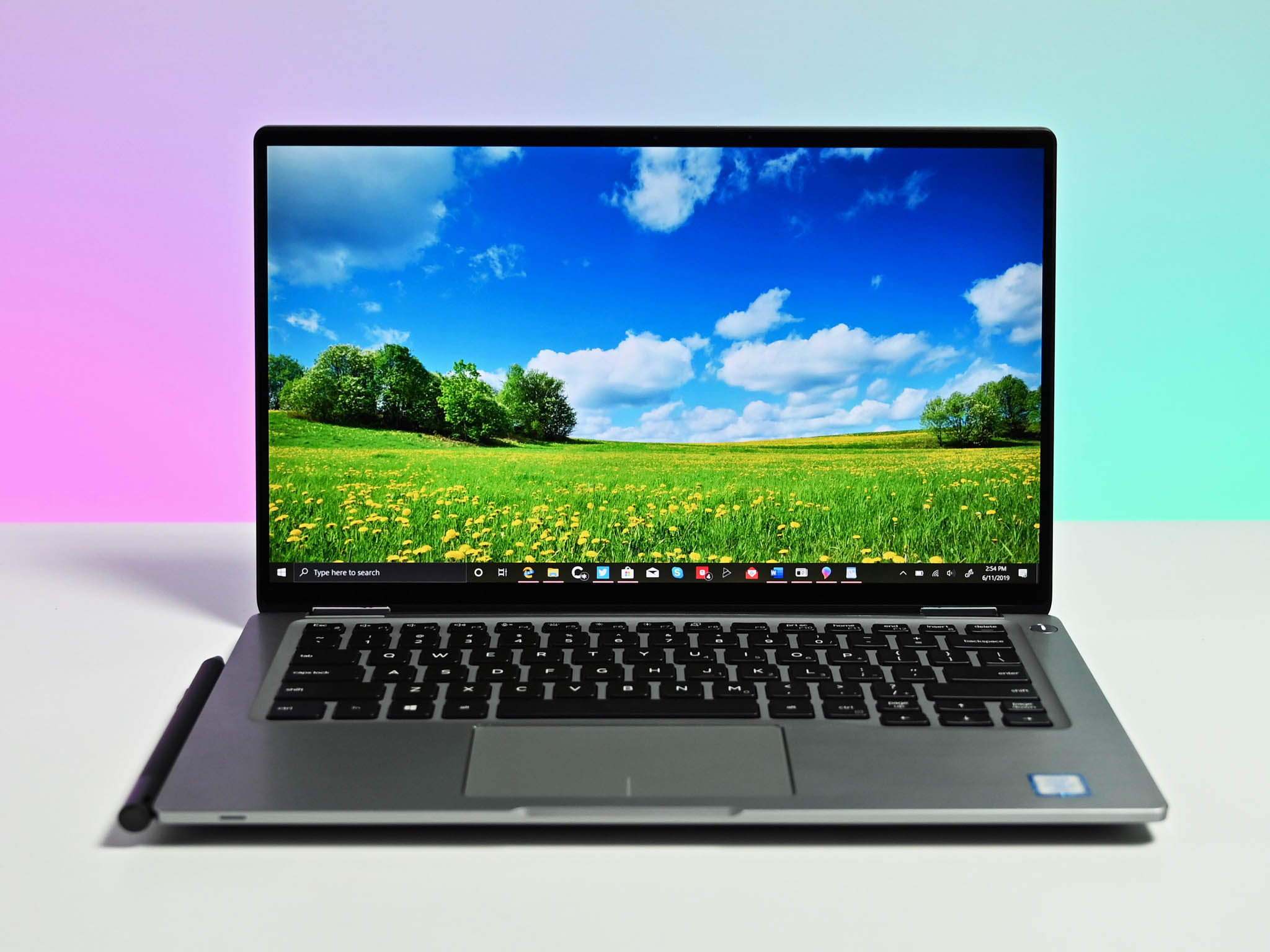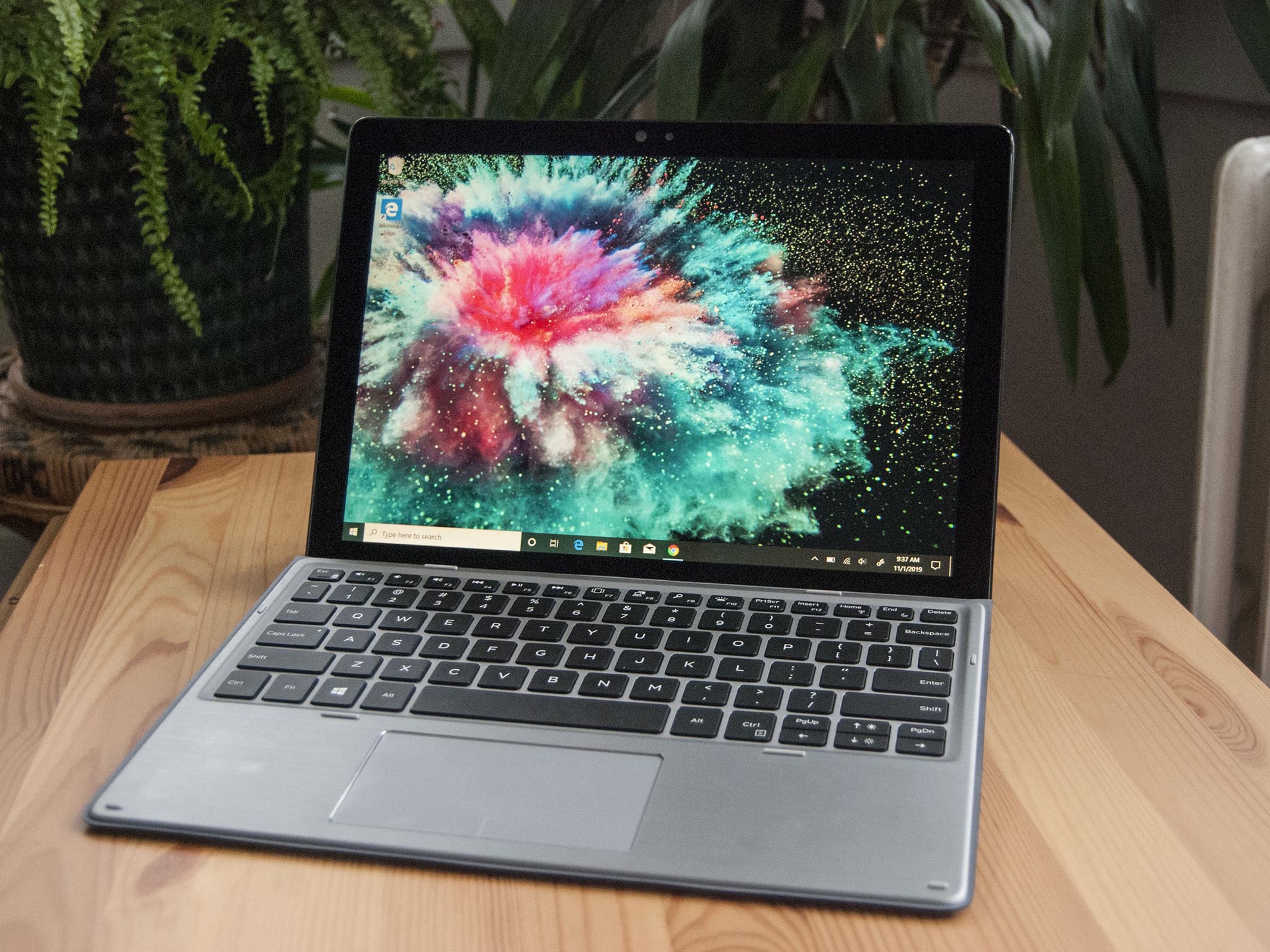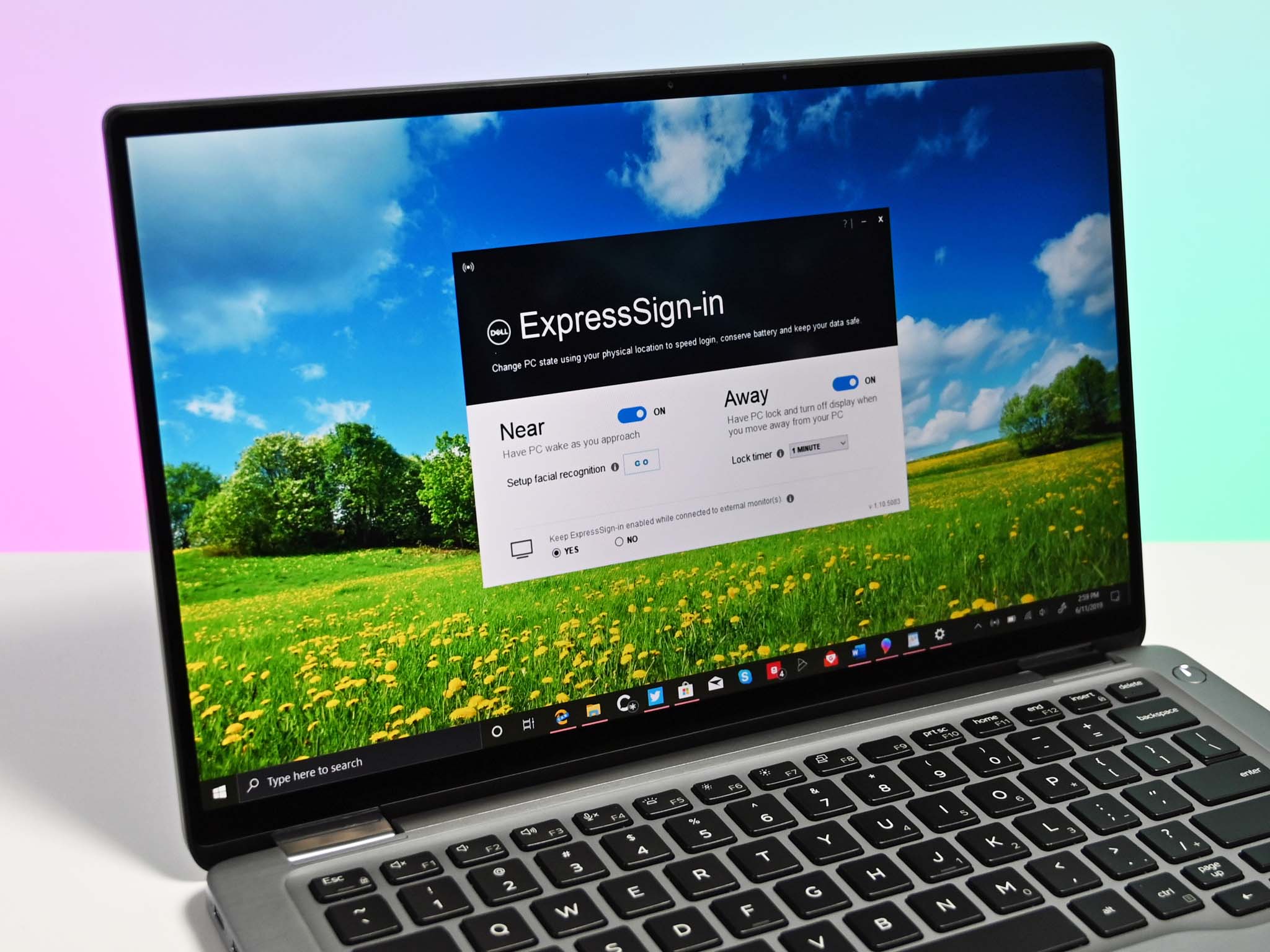Dell makes many laptops, so choosing the best Dell laptop can be a little bit of a minefield. The company has so many different models and product lines that it's easy to get lost among names and numbers.
Once you know what you're looking for, though, it's not as bad as it first seems. Latitude is Dell's enterprise-market brand, which can be bought by consumers but is targeted at the business buyer and the bulk IT department orders with features more agreeable to this type of user.
Within Latitude, there are four different series, each with its own number. Here we'll break down how to choose between them.
What is Latitude?
Latitude is part of Dell's professional-focused PC lineup, just the same as XPS, G Series, or Alienware all target different consumers. Latitude is where you'll find a wide variety of enterprise laptops on offer with lots of scope to meet specific price points and feature demands.
Whatever your business needs, they'll be found within the Latitude range.
3000 vs. 5000 vs. 7000 vs. 9000
The first step in choosing the right Latitude laptop is understanding Dell's naming scheme. And one of the easiest differentiators is the price. 3000 is the least expensive, 9000 is the most expensive, with 5000 and 7000 ascending in between.
It isn't entirely that straightforward, but knowing your budget first will make it easier to narrow down where you should be looking for a laptop. There's plenty of crossover between the higher end of one series and the lower end of another, but the starting prices for laptops in each should help point you in the right direction:
- 3000 Series — From around $650 to $900
- 5000 Series — From around $750 to $1,300
- 7000 Series — From around $1,000 to $1,700
- 9000 Series — From around $1,800 to $2,200
Of course, adding extras and going for higher-spec models will add to those, but these base figures should help narrow down which of the different series you want to shop from. With as many as nine laptops in the current 5000 series alone, it's easier to do it this way than to consider every individual laptop.
Flexibility at every price point
Looking at each Latitude laptop would confuse more than help, but it is important to note that the hardware is flexible in each of the four series.
Not all form factors are available in every series. Still, throughout the range from the more affordable to the high end, there are traditional notebooks, convertible notebooks, and 2-in-1s to choose from.
This is important for the business buyer since devices often need to serve multiple purposes and be used in many different scenarios. If you find yourself needing a tablet's portability and the functionality of a laptop, then shopping for a convertible or 2-in-1 is the answer. If you're mostly office-bound, a traditional notebook with a larger display might make more sense.
Features for business users
What helps the Latitude range stand out from Dell's consumer-focused laptops are the business-friendly features you can get. Not all will be for everyone, but there's plenty of hardware, software, and support to help business buyers get the very best from their new machines.
Some of the features that business users might be more interested in include:
- SafeShutter — A privacy tool that automatically opens and closes the webcam shutter as required.
- Dell Optimizer — Built-in software to help prioritize performance for your most important apps, extend runtime and battery performance by adapting to your work pattern, and to automatically connect to the strongest access points while prioritizing bandwidth for video conferencing.
- Wi-Fi 6E and cellular connectivity options.
- ComfortView Plus — Reduced blue light emissions for more comfortable viewing and less strain on your eyes.
- Sustainability — Businesses often buy in bulk, and the turnover of hardware is much larger than in consumer circles. Dell's Latitude laptops use materials such as reclaimed carbon fiber and are now using a percentage of bioplastics in their construction, too.
Our top picks
Since there are far too many laptops in the Latitude range to consider individually, we can make a few recommendations. As with the consumer space, most will probably get the best overall value somewhere in the middle. Dell sometimes has a habit of being a bit too light on the spec sheet with entry-level models.
The 5000 Series is probably the best place to start looking, and if you have a higher budget to play with, then consider the crossover between the upper-tier 5000 laptops and what you get in the lower to mid-tier of the 7000 Series.
The entry-level 3000 Series' spec sheet doesn't make for good reading in many areas, with specs like mechanical hard drives and 8th Gen Intel processors all worth avoiding in 2021.
If you're looking for some suggestions, here are our highlights from each of the four ranges.
Dell Latitude 3410
The 3410 makes the most sense to buy in the 3000 Series thanks to its compact 14-inch size and 10th Gen Intel processors. If budget allows, definitely avoid the options with a mechanical hard drive as these will be painfully slow.
Dell Latitude 5320
The 5320 is a superb 2-in-1 laptop in the Latitude range. It boasts the latest 11th Gen Intel processors, speedy NVMe storage on all configurations, a slim and light form factor, and Thunderbolt 4 for the latest and greatest in external connectivity.
Dell Latitude 7520
The 7520 is perfect for those looking for a larger display, with a 15.6-inch panel on hand but with super skinny bezels to trim down any unnecessary size. Inside is 11th Gen Intel processors with Xe graphics, NVMe storage, and up to 32GB of RAM to be ready for the workday has to throw at it.
Dell Latitude 9510 15.6-inch
The ultimate Latitude laptop is equipped with pretty much everything you could imagine. Powerful processors, great displays, lots of RAM and storage options, and even cellular connectivity. It's also available as either a 2-in-1 or a traditional laptop for the most flexible choice.












0 comments:
Post a Comment